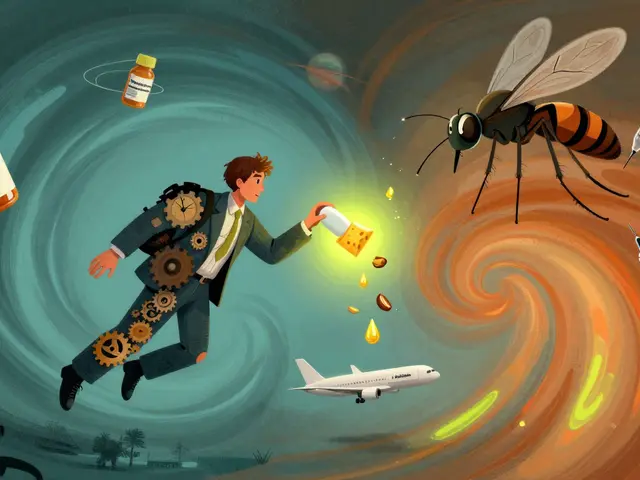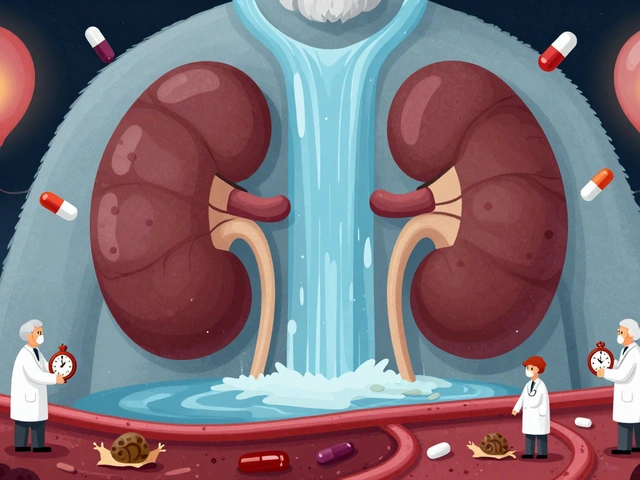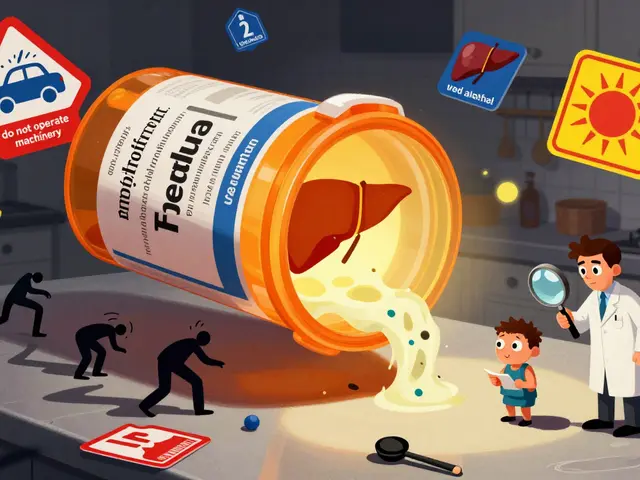Wart treatment: Practical, safe ways to remove warts
Warts are caused by certain strains of the human papillomavirus (HPV). They’re common, usually harmless, and often annoying. Some go away on their own, but if you want them gone faster, there are simple, proven options you can try at home or with a clinic visit.
Over-the-counter options that actually work
Salicylic acid is the go-to OTC treatment. Buy a liquid, gel, or patch with 17% salicylic acid, soak the area in warm water for 5–10 minutes, gently file the surface with a pumice stone or emery board, then apply the acid and cover. Do this once daily. It takes patience—usually several weeks—but it’s safe and effective for most common and plantar warts.
Freezing sprays (cryotherapy) you buy at the drugstore can help smaller warts. They’re not as cold as clinic cryotherapy, so results vary. Use exactly as directed: protect surrounding skin and expect some blistering. If you want stronger freezing, a clinic can do liquid nitrogen treatment for faster results.
The duct-tape method gets talked about a lot. The basic idea: cover the wart with duct tape for six days, then soak and file, then repeat. Some studies show benefit, others don’t. If you try it, use clean tape and stay consistent for several weeks.
When to be careful and when to see a doctor
Avoid DIY acid or strong chemicals on the face, genitals, or near nails—skin there is thin and sensitive. See a doctor if the wart is painful, spreading quickly, bleeding, or if you have diabetes or a weak immune system. Genital warts need a clinician’s care and specific treatments.
For stubborn warts that don’t respond after 3 months of home care, ask a clinician about stronger options: liquid nitrogen, cantharidin (blisters formed by a doctor), minor surgery, or immunotherapy injections. Each option has pros and cons, and a provider can match treatment to the wart type and your skin.
For plantar warts (on the soles), pressure makes them painful and they can sit deeper. Paring down thick skin before applying treatments and using cushions in shoes can reduce pain while treatment works. Flat warts on the face respond best to gentle, doctor-guided treatments to avoid scarring.
Prevention matters: don’t pick or bite warts, keep feet dry, wear flip-flops in public pools and locker rooms, and avoid sharing towels or nail tools. If someone in your household has warts, avoid direct contact with the lesions and wash items that touch them.
Short tip: start with salicylic acid and patience. If that fails or the wart is in a sensitive spot, see a clinician. Warts are common and treatable—pick the right approach so you don’t trade one problem for another.
Want more detailed how-tos or product suggestions? Check the related articles on this tag page or chat with a pharmacist or clinician for personalized advice.
Can Essential Oils Help in Treating Warts?
In my recent exploration, I've been researching whether essential oils can help in treating warts. It turns out that some essential oils, like tea tree and oregano, show promising results due to their antiviral properties. While they're not a guaranteed cure, many people have reported a decrease in size and number of their warts after consistent application. However, it's important to remember that essential oils should always be diluted before use to avoid skin irritation. Consultation with a healthcare professional is also recommended for proper guidance.






